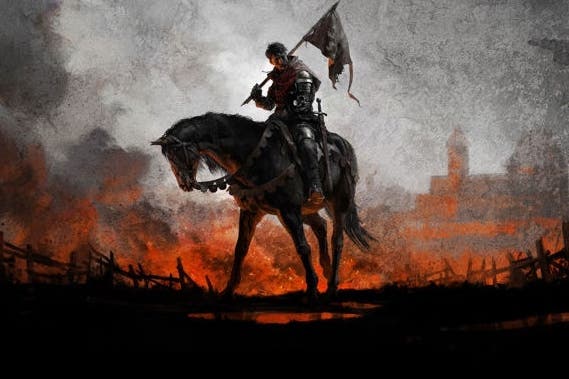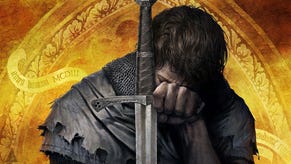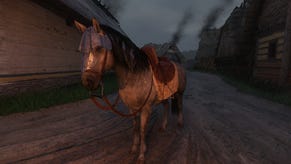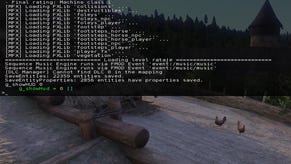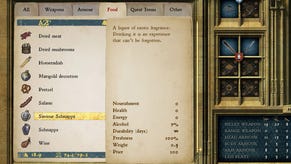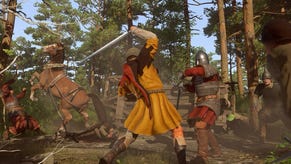Can Kingdom Come Deliverance's tech deliver its ambitious vision?
Every console version tested, with Xbox One X on top.
Conceptually, Kingdom Come Deliverance is an intriguing proposition. What if the Elder Scrolls formula were transplanted across to a real-world location, steeped in history? And what if Skyrim's less than state-of-the-art technological underpinnings were replaced with one of the most powerful game engines on the market?
As the debut project from Czech developer Warhorse Studios, this ambitious, crowdfunded RPG uses the CryEngine technology - as seen in the likes of Ryse, Prey and Homefront the Revolution - but with a Skyrim-style canvas of terrain to explore. From beautiful, dense woodlands to idyllic early 15th century European villages, there's a grounded, almost photorealistic look to the world in many areas. The big difference next to a game like Skyrim though, is the swapping out of fantasy elements for a more historical setting. Dragons and magic are out, and the focus here is on a brutal power struggle in the Kingdom of Bohemia.
It would be remiss of us not point out the controversy surrounding this title based on the attitudes of Daniel Vávra, the lead developer, whose views speak for themselves in both his social media and this Kotaku interview - aspects of which are reflected in the game content, and may give pause in considering it for purchase. It's a topic Eurogamer will address in its review, but the focus for this Digital Foundry piece is its technology and performance.
Choosing CryEngine for this title speaks to the level of ambition behind what is essentially an indie launch, especially as even seasoned developers have struggled to get optimal results from this technology. After all, Homefront The Revolution clearly had issues at launch, with a similarly open world design often delivering frame-rates under 20fps. Thankfully Dambuster Studios improved the game immeasurable since then and we definitely recommend it, especially on PS4 Pro and Xbox One X. So does Kingdom Come Deliverance suffer from similar pitfalls at launch, or does the 22GB day one patch ensure that all platforms get a smooth ride?
Visually speaking, the situation is straightforward on console, where both base and enhanced PlayStation 4 and Xbox One consoles share similar strengths and weaknesses. There's a decent degree of cross-platform conformity here: texture resolution is identical, as is shadow quality, and motion blur sampling. A real issue with the console releases is the presence of low resolution art in some cases - a problem that manifests right away on the title screen, just as it did on the notorious CryEngine-powered Lichdom Battlemage. Equally, low resolution assets show up across the game on the whole, if you stop to look too closely.
Kingdom Come Deliverance delivers many wonderful high points in its open-world design, but this is sullied by plenty of rough edges. Exploring the game's cities and forests is easily the best part of the experience, though the glaring level of pop-in is a distraction. Regardless of the console you're using, you'll see trees suddenly appear at the same level of detail threshold across all machines. Equally, in big cities, you'll spend a huge chunk of time walking past buildings with a blurry, low-res texture, just waiting to switch over to the higher-grade equivalent. It sticks out like a sore thumb, and even the Xbox One X version doesn't solve it, with textures still flicking on and off as you walk towards them.
Graphics settings are largely identical then, and while PS4 Pro and Xbox One X have a slightly further draw distance on building detail, it isn't a huge difference compared to standard console hardware. Perhaps the main dividing point is the native resolution on the enhanced consoles, though base hardware offers up further parity. In order, a standard Xbox One gives a native resolution of 1600x900. Next, the PlayStation 4 pushes a matching figure - with a small upgrade in ambient occlusion. Compared to a standard Xbox One, where shade is relatively stripped back between objects, you get a visibly fuller look on Sony's machine.
Moving on to the enhanced PS4 Pro version meanwhile, resolution gets an upgrade to 1080p. Image quality improves, and once again, so does the quality of the ambient occlusion. What naturally follows is the Xbox One X version, once more pushing the resolution higher to 2560x1440, but this time, ambient occlusion quality sits roughly between PS4 and PS4 Pro. Besides a few small differences in terrain pop-in for the enhanced consoles, there isn't much more to separate the four machines. Sadly, texture filtering is of a low quality wherever you look and desperately needs a bump to an improved level of anisotropic filtering. Meanwhile, you may spot a few small textures differences in our comparison assets, but that mainly comes down to delayed pop-in, especially on a base Xbox One. Once they're loaded, all assets are the same.
Speaking of loading, it's worth making a quick point here. This being an open world game in the vein of Grand Theft Auto or The Elder Scrolls series, you'll be sitting through a lengthy initial loading screen. The problem is, you'll be waiting up to two minutes to just get to the title screen on a standard PS4, before selecting your save from there, which sets off another lengthy wait. PS4 Pro cuts the initial wait down to 1.5 minutes, Xbox One lands at one minute, 13 seconds - while Xbox One X fastest at just 53 seconds.
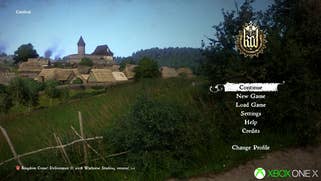
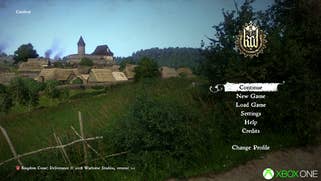
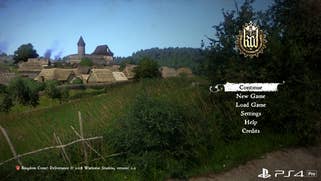
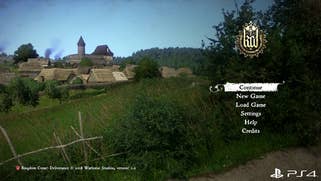


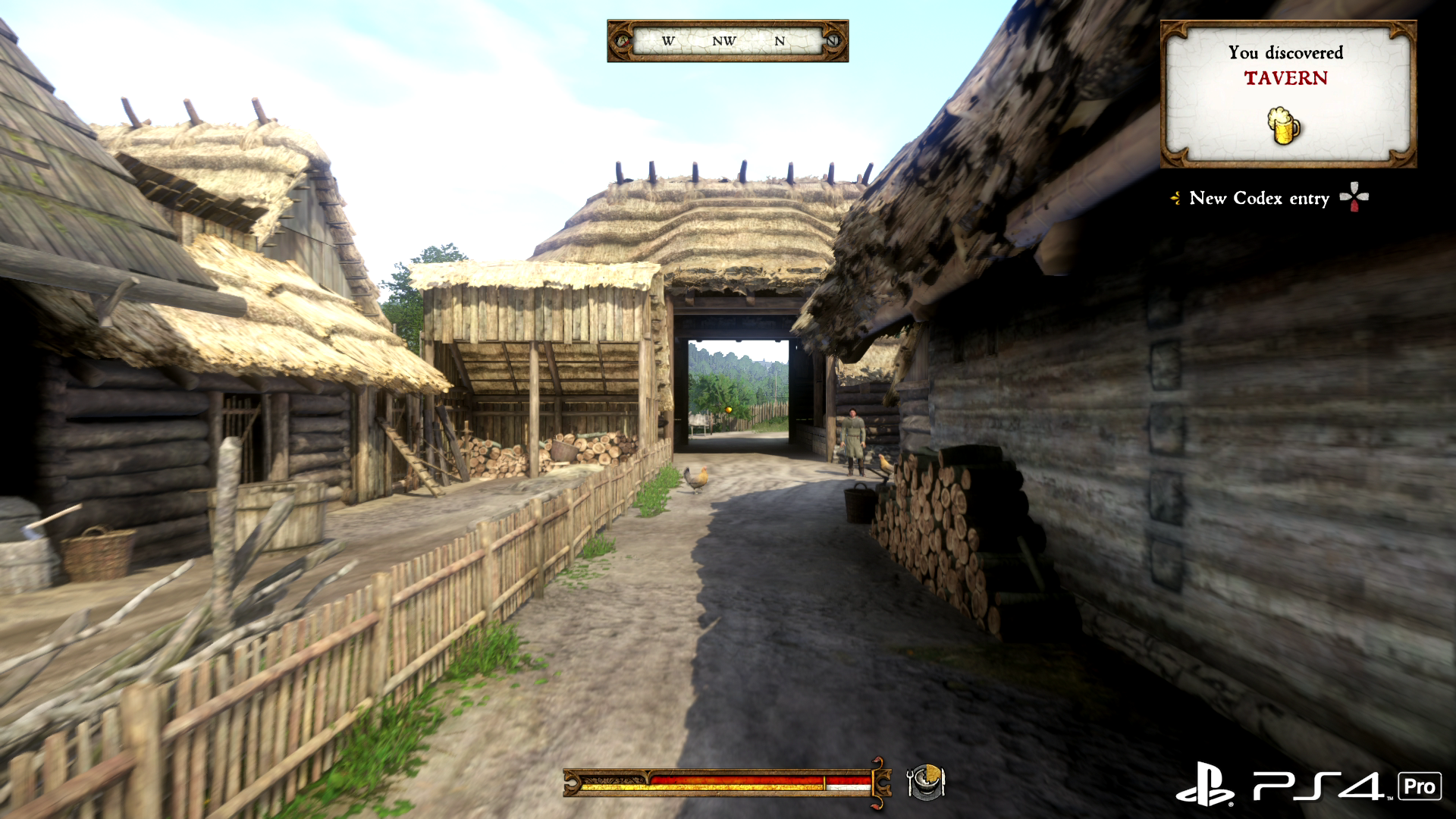
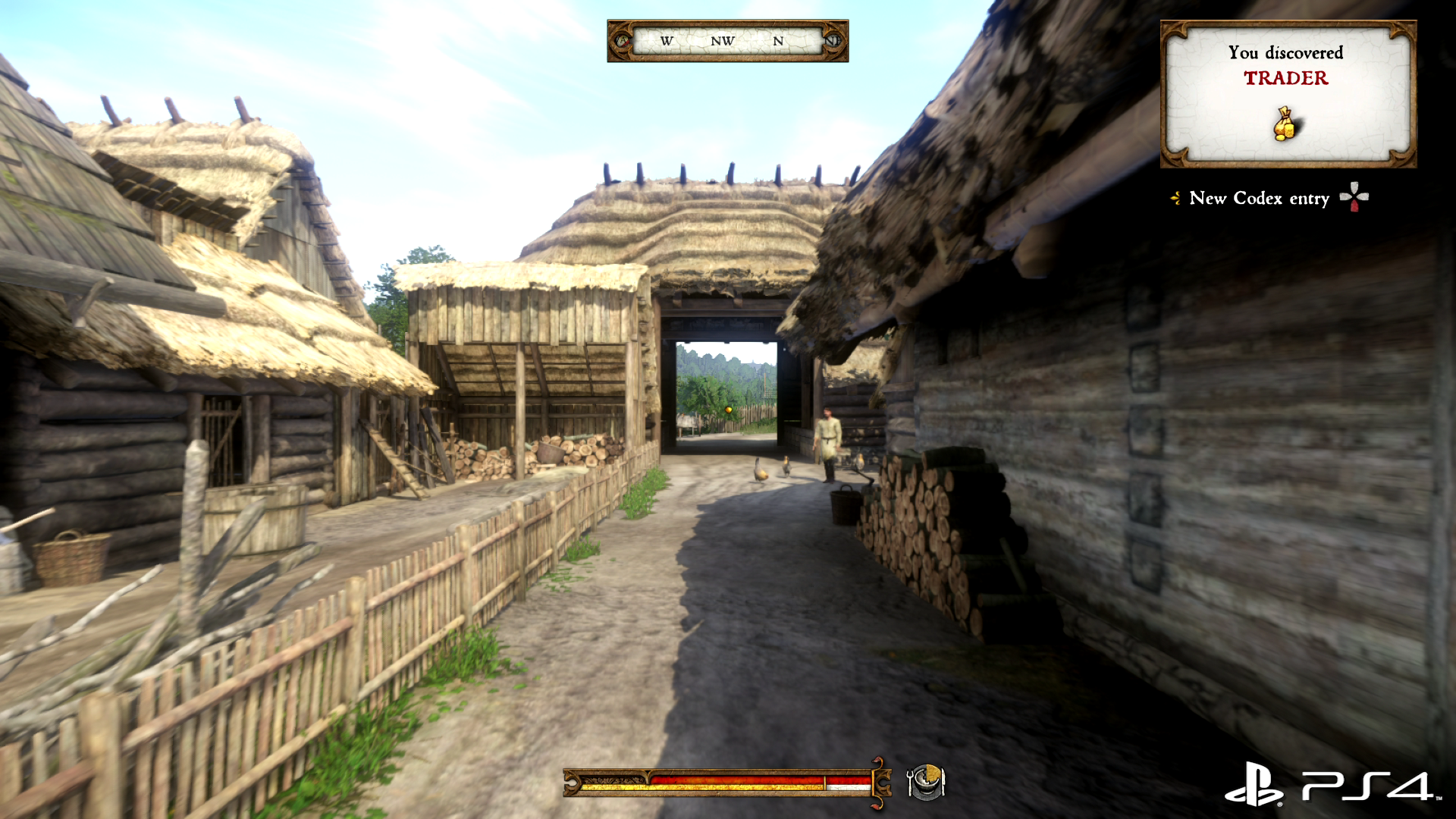
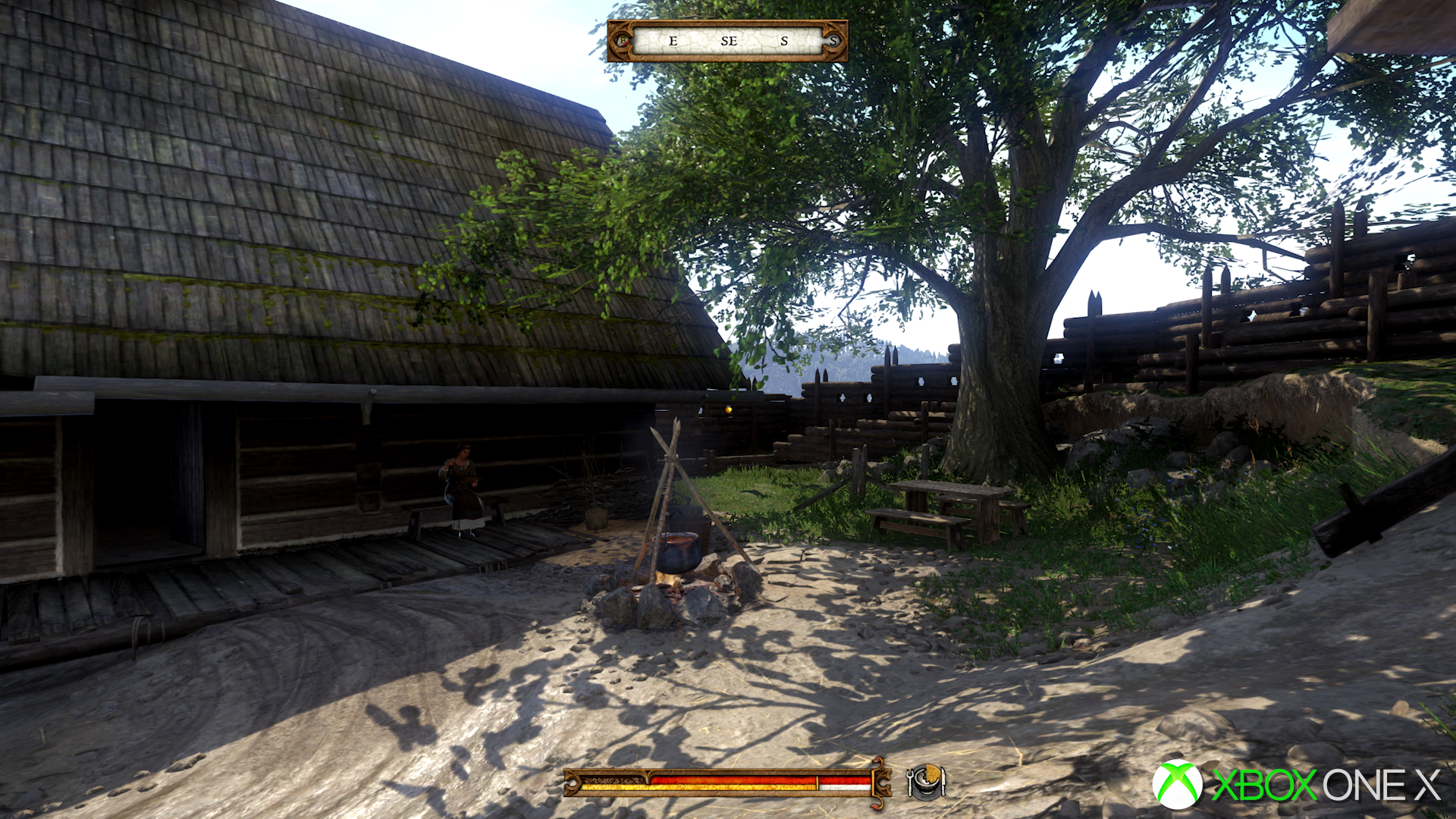
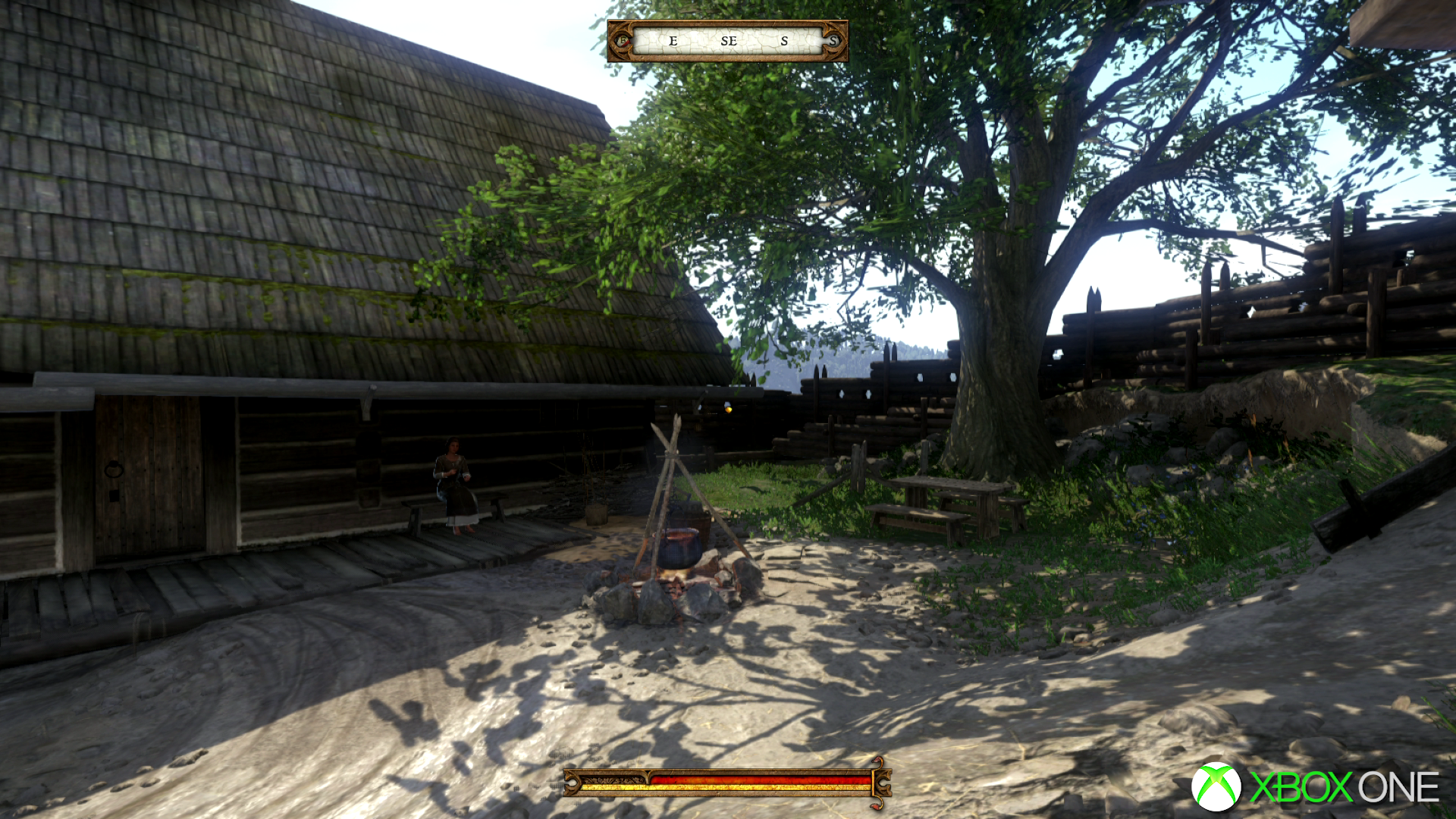
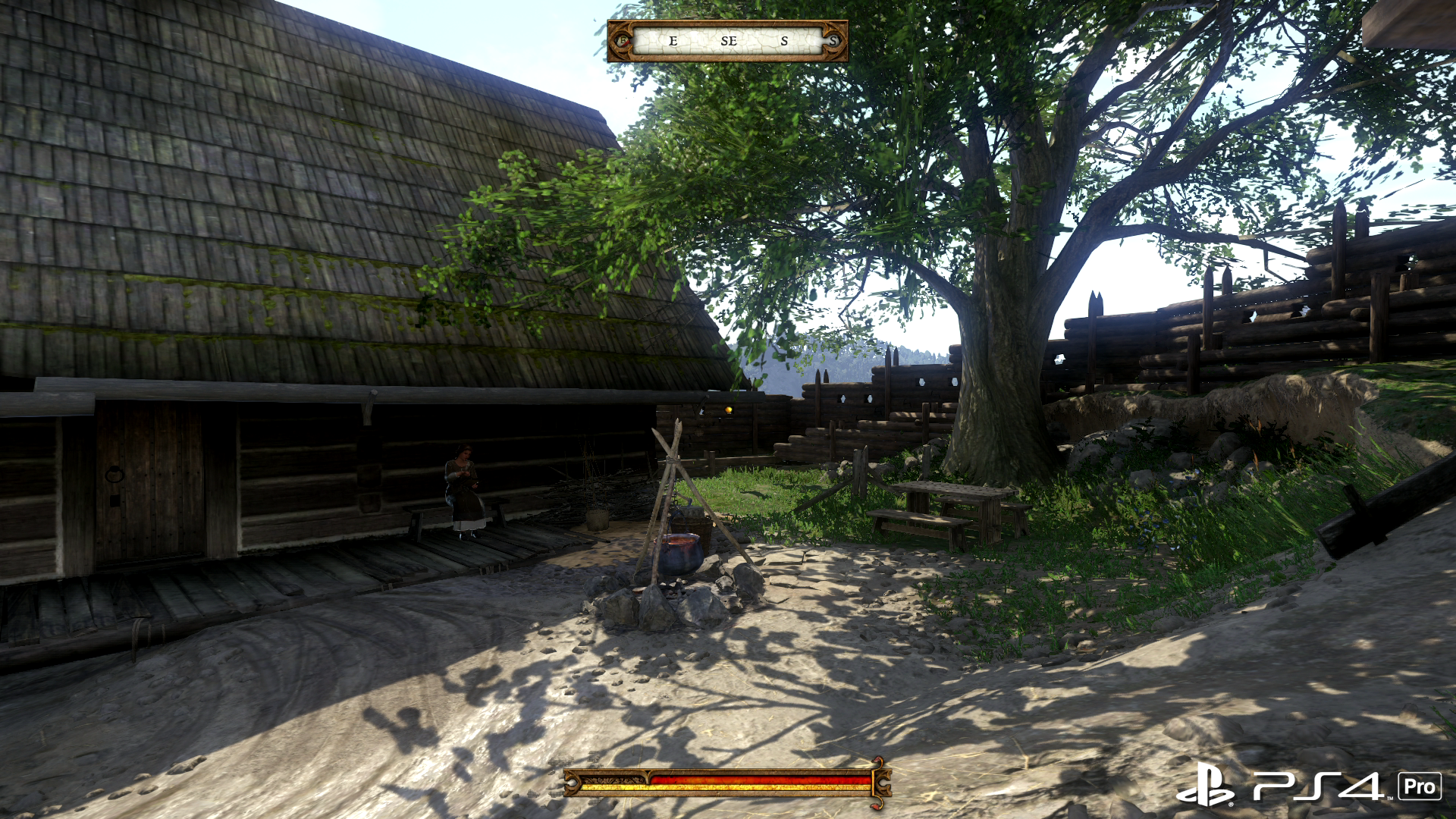
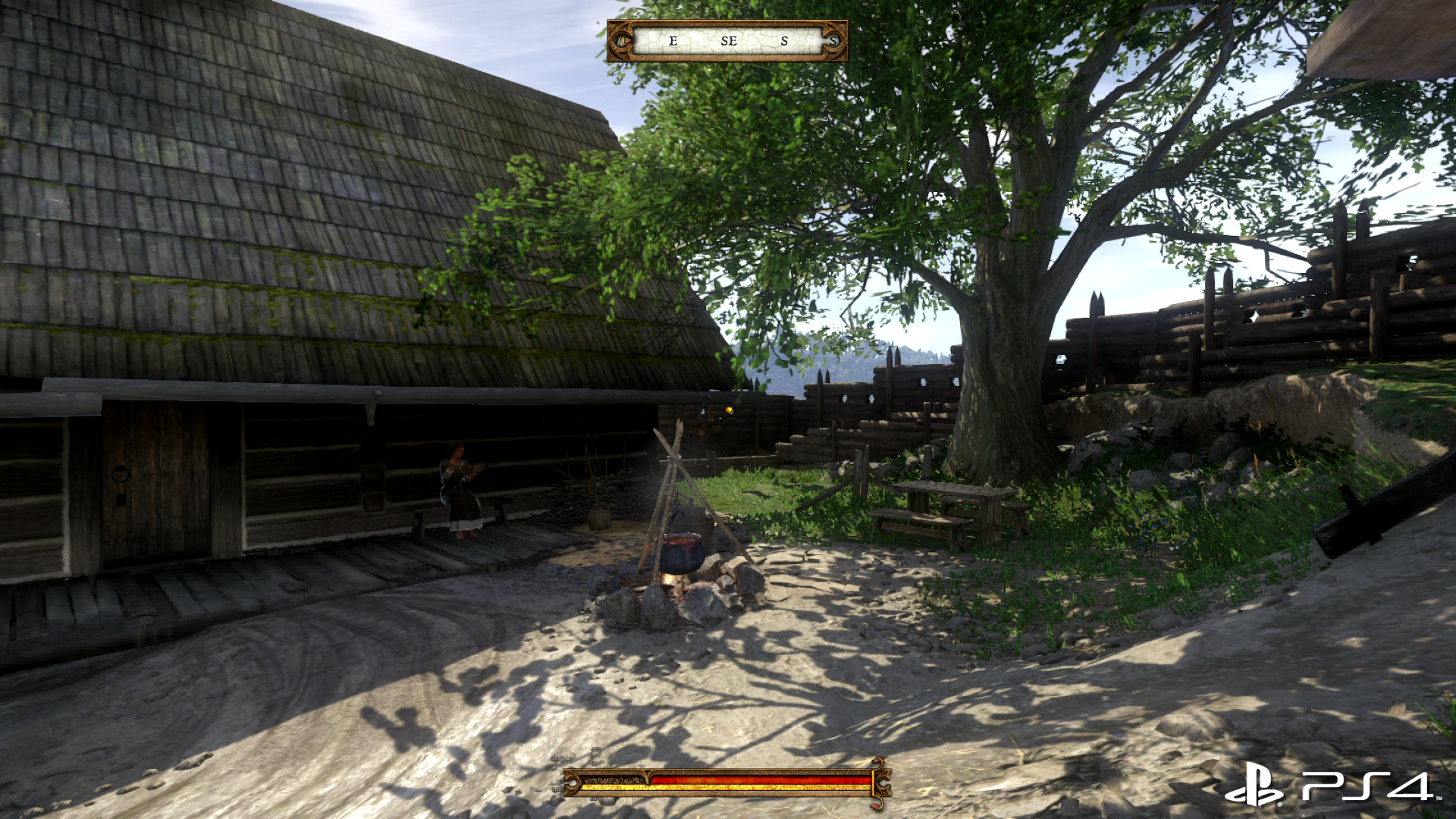

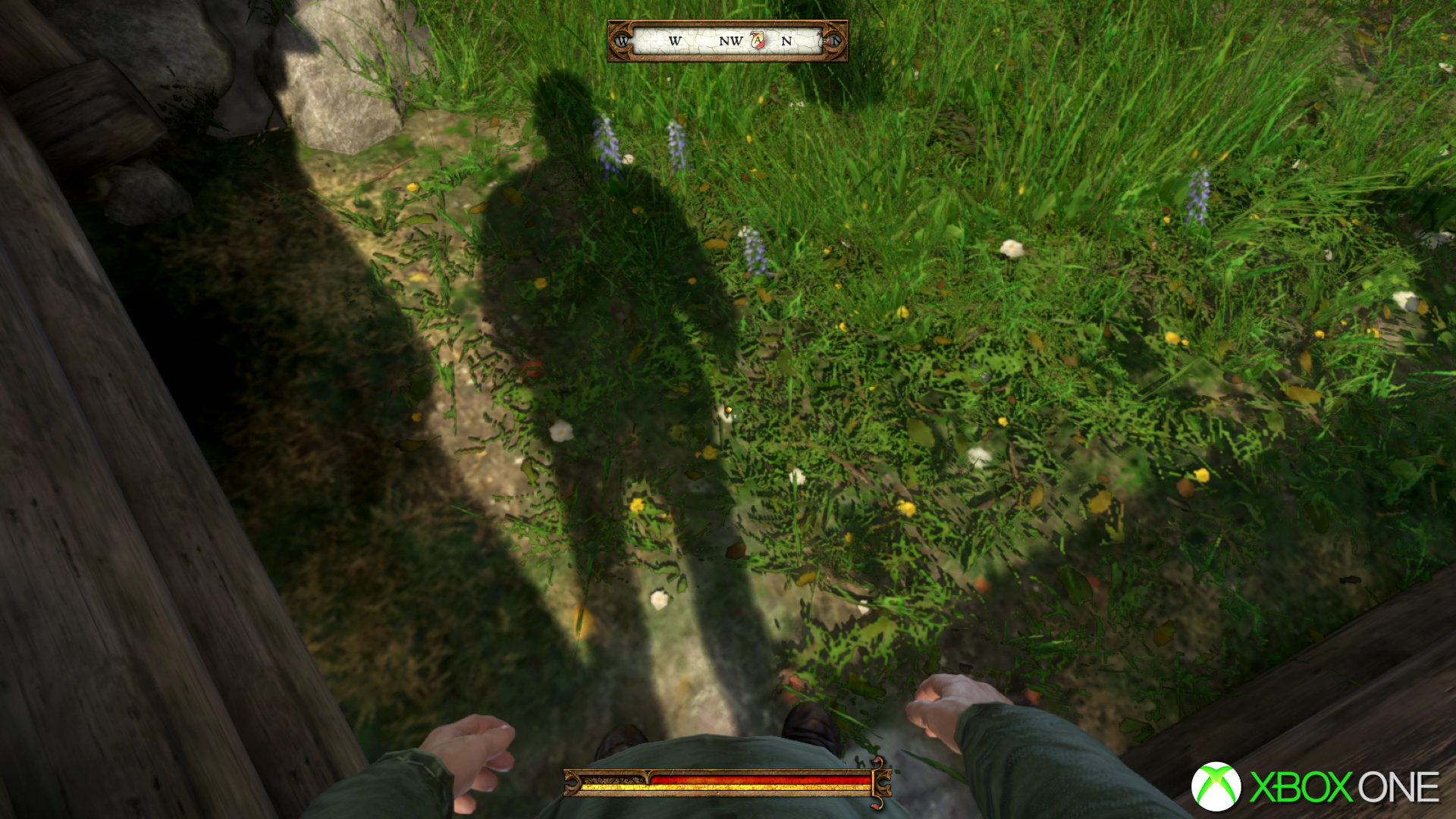
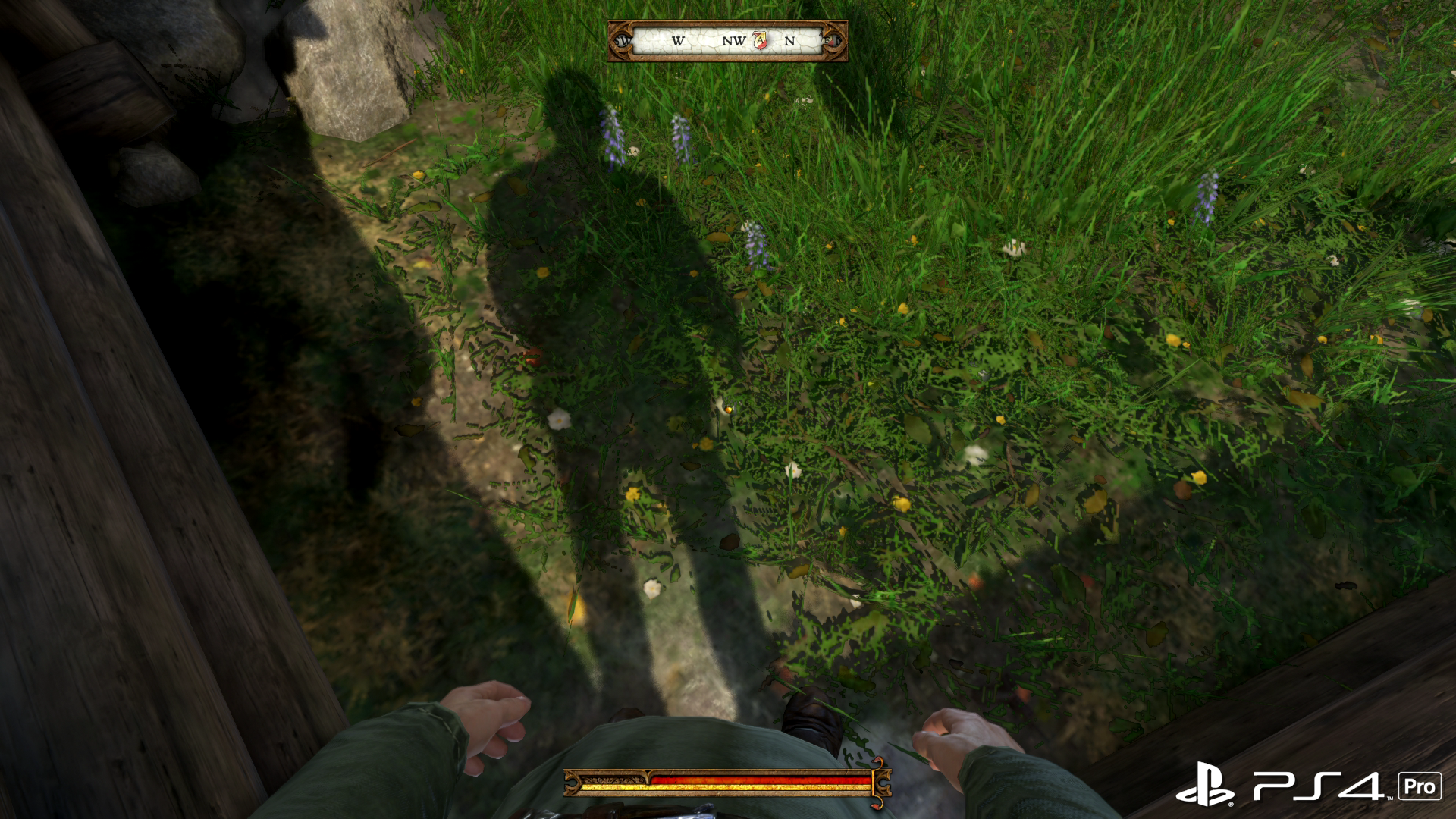
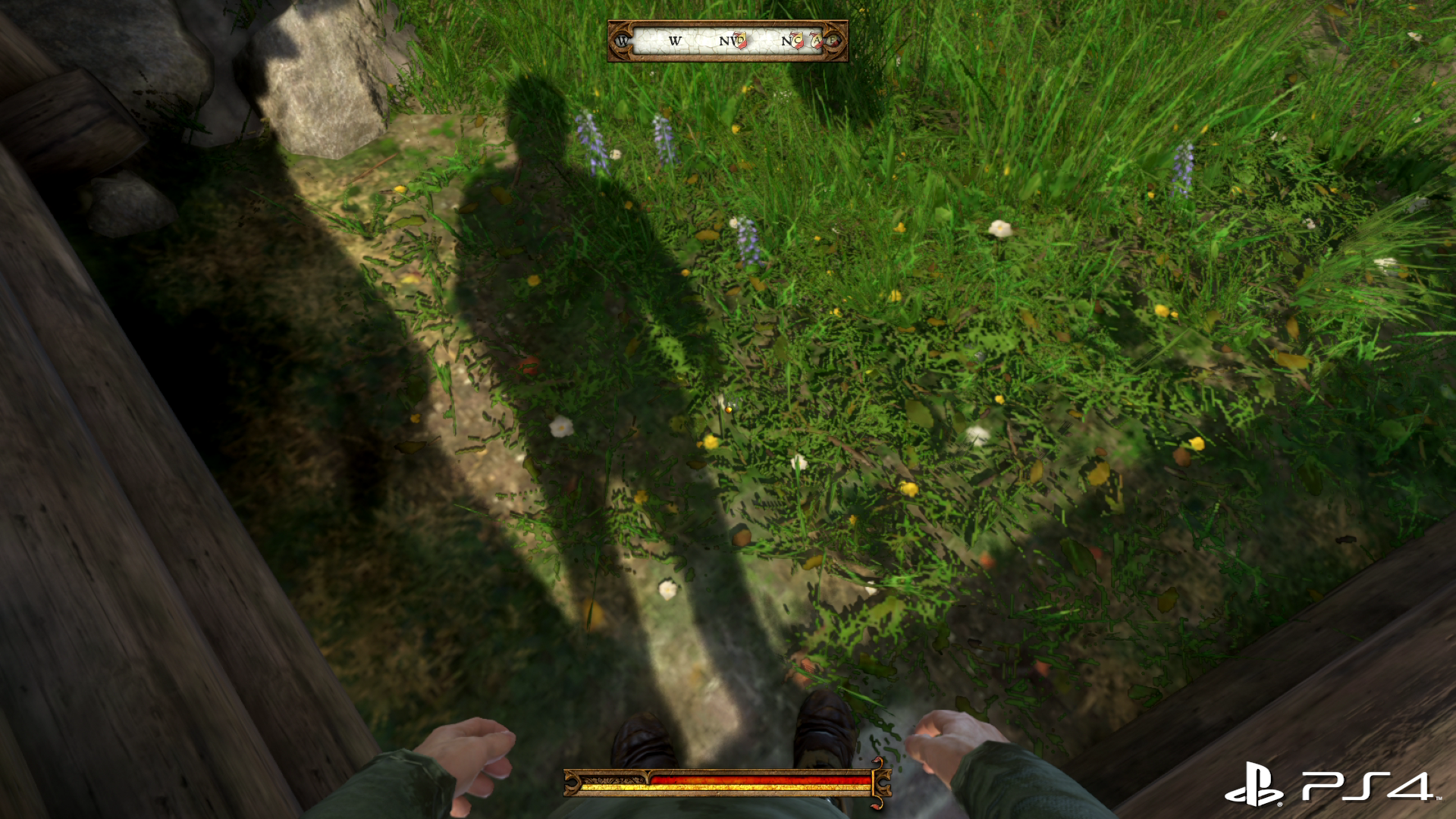


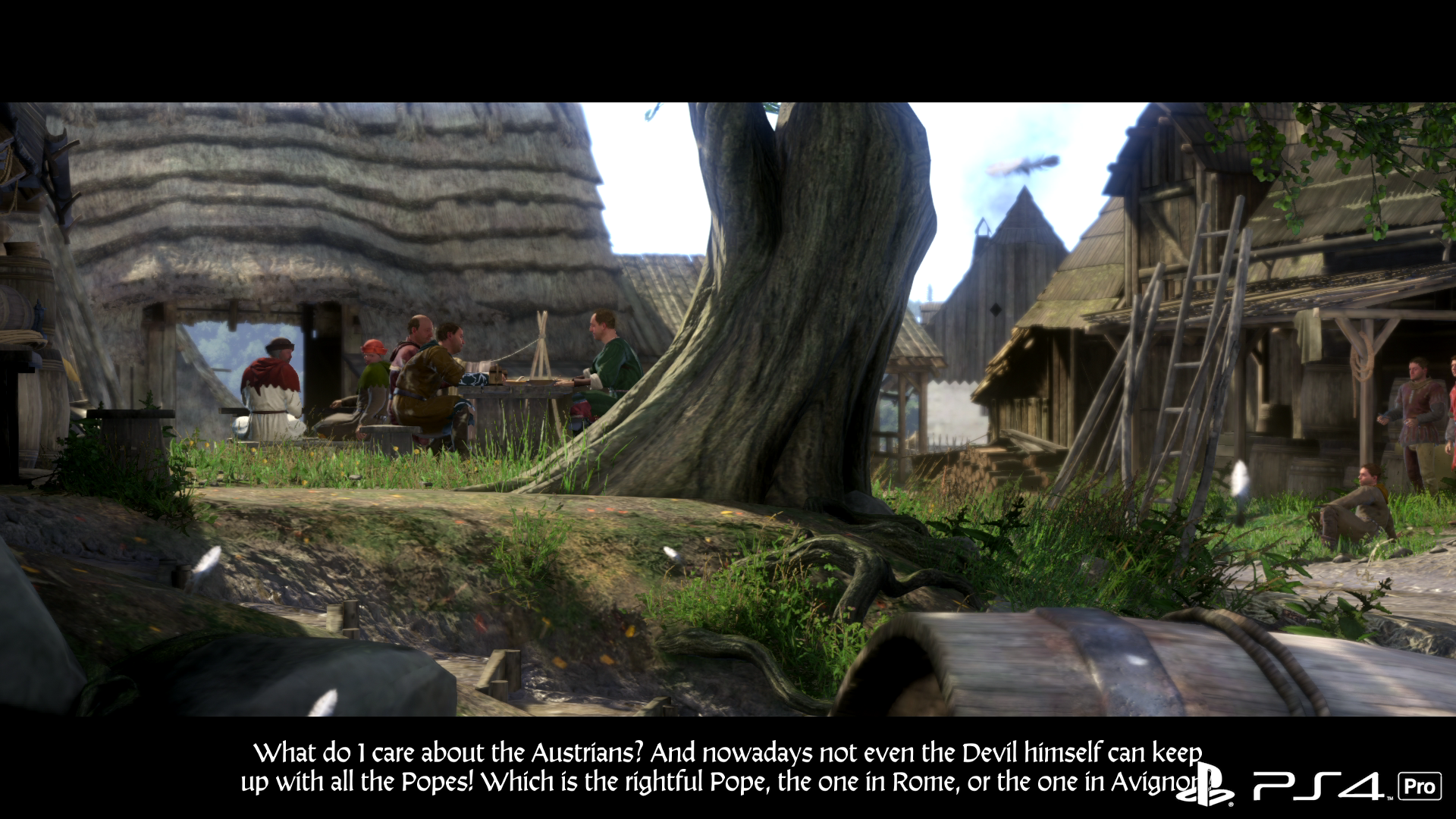

This sequence follows if you actually load a game too, but thankfully you don't have to wait quite as long. Frustratingly this means another 28 seconds wait on an Xbox One X, and up to 44 seconds on the worst performer - again, the PS4. As a one-off it's not that bad, given the world is one, seamless sprawl you can walk across, from end to end. However, supposing you use a fast travel system in the game, this is roughly the sort of time-frame you can expect on each console - and that could affect your experience of it.
Performance-wise, perhaps unsurprisingly, PS4 and Xbox One are at the bottom of the pack. Right off the bat, it's clear there's a problem in frame-pacing on all console versions, simply due to the game capping at 31 frames per second, rather than a typical 30. That single digit change may sound small, but it means that every second, you get a two consecutive unique frames, which creates an uneven pattern to motion - and a stutter as a result. A straight 30fps cap would fix this, but clearly CryEngine defaults to this number - it's something we've seen in already in Homefront The Revolution on console, and even Ryse on Xbox One. On the plus side, Homefront actually solved this completely on patch 1.08, adding a straight 30fps cap, which goes to show it should be possible to fix here.
It's a nuisance, since this is the best-case scenario on PS4 and Xbox One right now, when that frame-rate reading hits its highest point. Kingdom Come Deliverance can run at this number for a good majority of the time while travelling between towns, with stutter creeping in every now and then but what really divides the two are cut-scenes, battlefields, and big inner-city areas with lots of NPCs. Similar to The Witcher 3's Novigrad City, neither of these current-gen consoles take easily to complex, CPU-driven areas - and it affects both in different ways. For example, PlayStation 4 struggles compared to Xbox One in the opening horse-chase by a margin of three to four frames per second. These big open battles and cities appear to take a slightly larger toll on PS4 overall, though other city routes can see the situation reverse. It's worth noting that simply walking through this area gives a much better result: it's the act of running that kills performance on both consoles. Forcing the engine to stream assets more quickly - whether that's on your own two feet or on horseback - is an easy way to cut performance closer to 20fps.
Then there's the flip side. In-engine cutscenes and areas with lots of rain easily give a worse read-out on Xbox One. It's an intense workout that pushes each console to their lowest point; whether that's 17fps on Xbox One or 20fps on PlayStation 4. Consistently, it's Sony's console that gets the better deal here, and in general there are fewer streaming hitches on PS4 to worry about. Again, it mirrors the launch day state of Homefront the Revolution. While the themes of these games are vastly different, the engine-work and results in frame-rate have quite a few parallels. The good news is that the enhanced consoles deliver smoother performance in addition to the resolution upgrade. There's a tighter lock to the target frame-rate, and while the same kinds of stress tests still see performance falter (and even the mighty Xbox One X can drop to 20fps in more intense scenes) the upgrade here is palpable.
Overall, there's a simple pecking order if you're choosing to play Kingdom Come Deliverance on consoles. Xbox One X delivers the highest resolution - a 77 per cent boost over PS4 Pro, in fact - and smoother performance on top of that. However, between the sub-30fps drops, the obvious texture and geometry pop-in, and long loading times, it's fair to say that no platform is covered in glory here. It could be a simple matter of optimisation through patches that improves this situation - and we hope that these improvements are eventually delivered. Beyond the surrounding furore, Kingdom Come Deliverance actually has some great ideas behind it. It's a decent alternative to the Elder Scrolls, with some amazing backdrops and an interesting historical hook to its story - it's just the technology at its heart that's struggling to keep up. With this in mind, the PC version may be the way forward for those considering the game, and it's something we're planning to look at shortly.
